When I was a fresh-faced teenager taking annual camping trips to the Flinders Ranges, I used to delight in stopping off in Hawker to admire Peter’s work.
Peter’s use of light on the varied topography of the Flinders spoke to me in some way. He played no small part in me buying a camer. I wanted to express the same fondness of arid landscapes that Peter expresses through his work. Beautiful work which is at times serene and at others, dramatic.
Fast forward a few years and now I get to feature Peter’s work on my site. An honour and a privilege. Thanks Peter!
You can find Peter’s work at petermacdonaldphoto.com.au and on Instagram at @peter_macdonald_photo.
1) How did you come to live and work in the Flinders Ranges? Did you move up there because of photography, or did living in the desert inspire you to pick up a camera?
I’ve long been interested in the Outback. I love the deserts, the wide open spaces, and all the triumphs and difficulties that people who live there have to deal with.
I worked as a commercial pilot with my own aircraft based in Arkaroola, Innamincka, Alice Springs, then a time in the Kimberley’s and finally in Cooktown on Cape York.
I’ve always been a visual person and seeing Australia from the air stimulated my interest in photography.
The Flinders Ranges was an obvious choice because of my knowledge of the area. It was also a place where I could access the Birdsville, Oodnadatta and Strezlecki tracks giving me a vast and varied area in which to work.
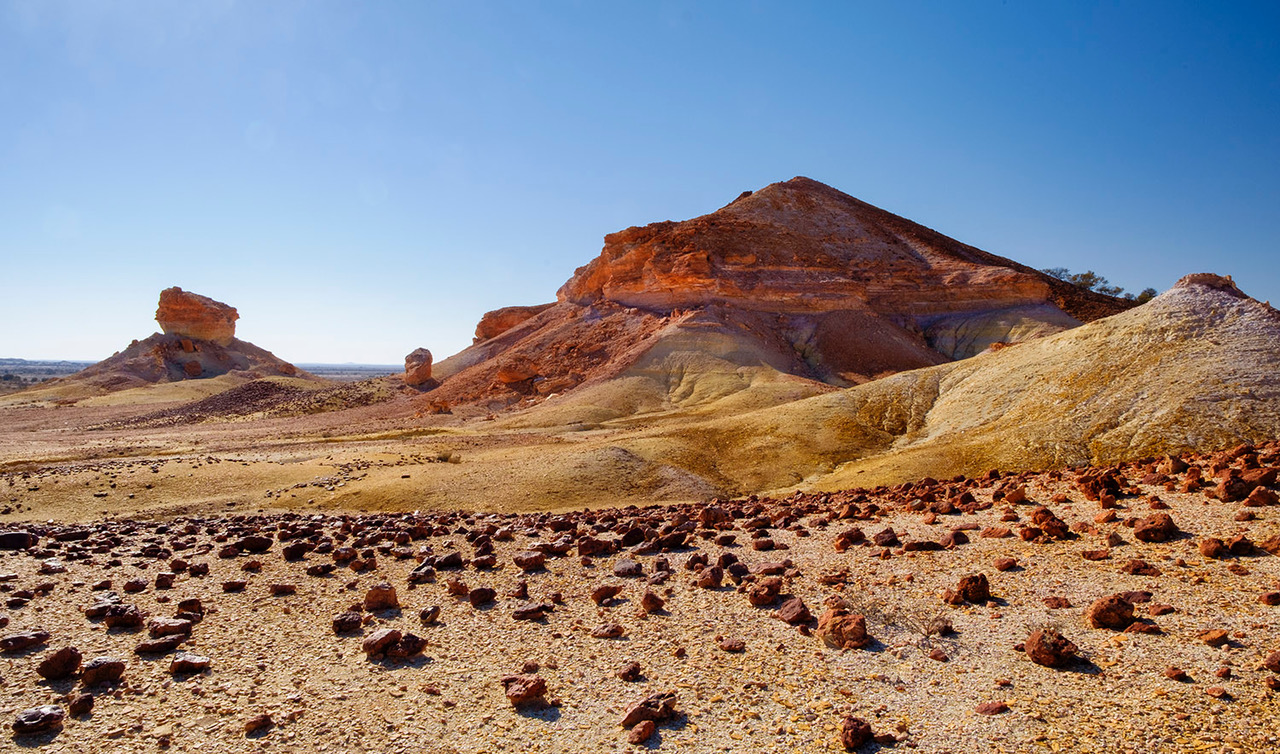
2) How important is your knowledge of flora, fauna and topography in the Flinders? Is it integral in expressing emotion or telling a story?
The things you mentioned are one part of the process I use in image making. There is always a story, no matter how subtle, in my work. The weather and the seasons affect both flora and fauna and how the country looks.
For almost eleven years I photographed during the longest known drought. During that time water was not a feature in almost all the images I took.
Although it wasn’t planned, I was making a record of drought in South Australia’s outback. I used floods, fires, the breaking of the drought and the good times to follow in the storytelling process.
However, the real elements always remain. Observing what’s changing, anticipating the varying light that goes with season changes and other phenomena, particular care in composition and a strong sense of beauty and balance are never compromised.
I print a lot of my work and most of it tends to be fairly big. It’s a big country and by printing big I can bring a sense of that size to viewers and give them the feeling that they are right there looking at the landscape.
3) Do you have any stories about random encounters and events that happened while shooting in the desert?
Memorable encounters? Mostly snakes from time to time. Sharing my house with a six-foot brown and discovering that talcum powder is the best way to know where the visitor is, would qualify.
A forced landing on Lake Eyre, going through the salt crust and being stranded for 18 hours before being rescued by helicopter probably counts as a random encounter. The helicopter pilot was extremely welcome.
Four hours waist-deep in floodwaters taking pictures of my house going under along with others in the surrounding community probably qualifies as an event as did having to swim the flooded Ross River out of Alice Springs for four days straight to get supplies from the homestead.
Things to make photography interesting.

4) What is your favourite location/image and why?
It’s a bit hard to pick a favourite location. Apart from my own wanderings, I have done a lot of work for R. M. Williams – particularly for their “Best of Outback Stations” publications and several books.
This work gave me entry to a number of sheep and cattle stations that opened up a whole new experience and introduced me to people whom I have come to admire for their ability to cope with what, for most, would be an impossibly hard life.
Anna Creek Station, the largest cattle station in the world, Commonwealth Hill, Depot Springs, Billa Kalina and Dulkannina, all vast stations with exotic names. Pictorial storytelling was honed on these assignments.
Lake Eyre, a personal project, was outstanding with many visits over six years as the lake filled and drained from time to time.
But perhaps the place I had the strongest connection with was Arkaroola. It’s almost unique geology has created a landscape like no other – strong, rugged, remote, waterholes of serene beauty and an array of fascinating wildlife and vegetation.
A favourite image? I’m looking forward to my next project.
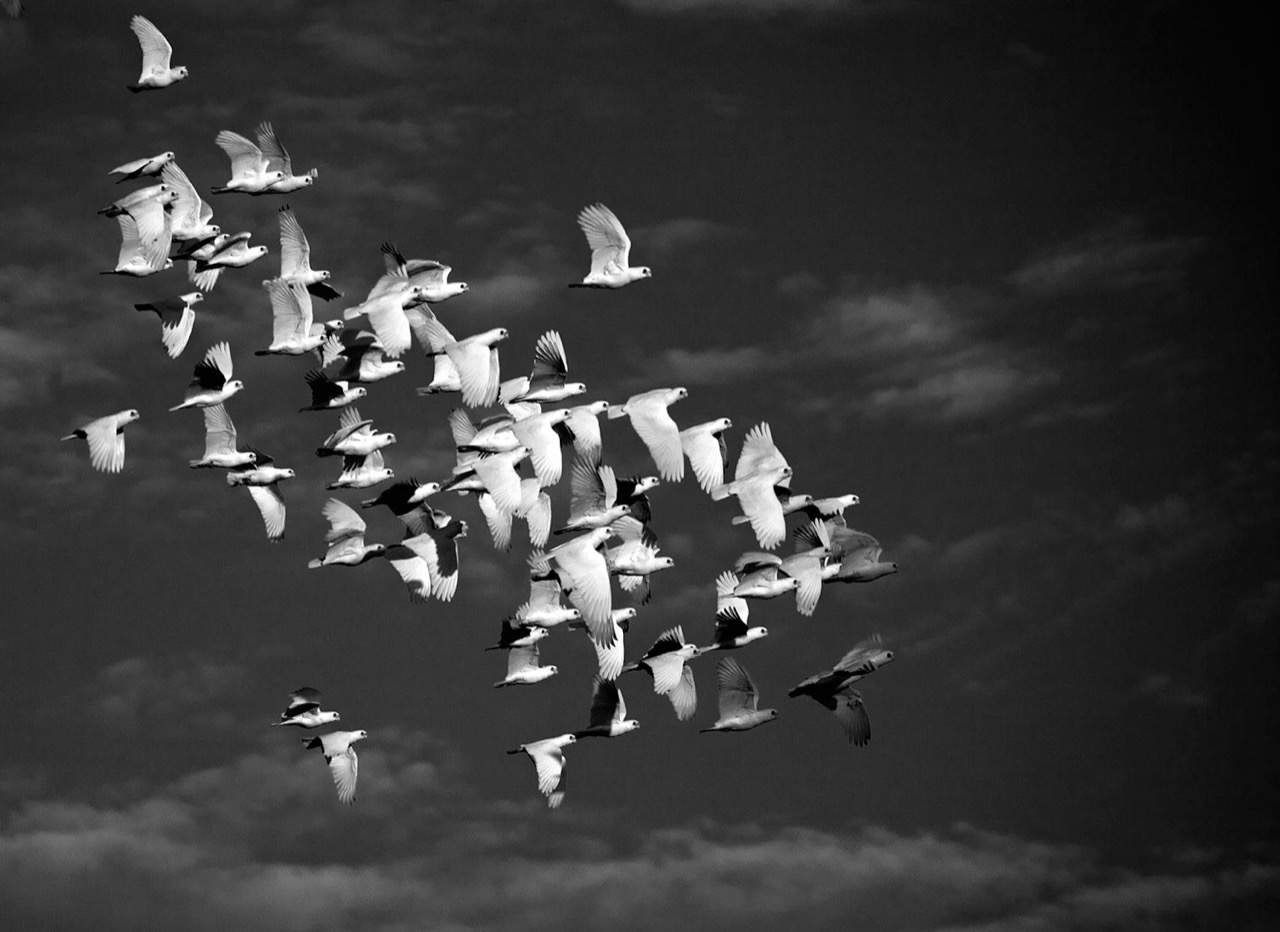
5) Tell me a little about your new gallery on Hindmarsh Island. Was it something you’d wanted to do for a while?
No, but an unexpected opportunity. Apart from my work in the new Royal Adelaide Hospital, several exhibitions in Adelaide and at the Adelaide Airport, getting my work out to the public was limited to a few locations in the Flinders Ranges.
This has been problematical. Not having easy access to printing, framing, long distances between locations and limited space has been a big handicap in the past.
The Hindmarsh Island gallery solves those problems and gives me the opportunity to show a wider and varied range of my work.
It has put me in control of the process which is something I am enjoying.
The gallery also gives me the opportunity to make my photo workshops more accessible.
I’m not limited to landscape photography but I have come to realise that because of the many and varied components, mastering this genre makes the transition to other areas in the craft much easier and I am enthusiastic about teaching these things.
Over the years I’ve kept in touch with most of those who do the one-on-one or small group 3 day workshops to see how they have progressed.
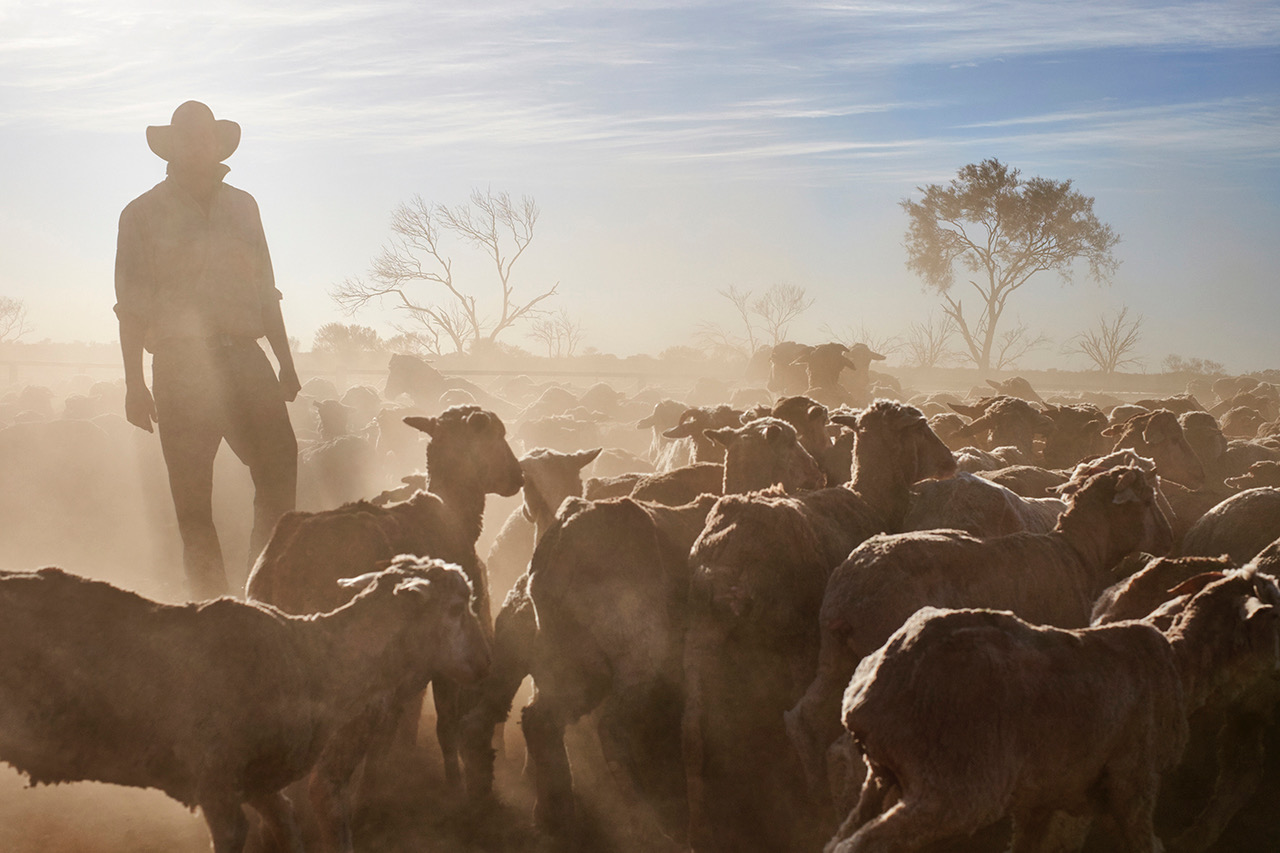
6) How did you come to be interested in photography as a meditation practice? I’d be interested to know how it has improved your workflow.
One of the key principles of meditation is to learn to live and be in the present. As that skill grows through meditation, it flows through to one’s photography.
By being in the present you are focused on the things around you… one of the key elements to taking good images.
Being in the present also means having no expectation of an outcome. That doesn’t mean aimlessly wandering around in the hope some miracle shot will appear before you.
It’s OK to have a plan, a purpose in whatever type of photography you work in. However, having no expectations allows you to be open to observe many things that you might otherwise overlook.
I shoot a lot of landscapes, portraits and articles for magazines, widely diverse pursuits, yet being in the present has allowed me to observe the possibilities around me – light and shadows, colour, subject, environment, storyline etc., without having an expectation of the outcome.
Photography and meditation are linked too in another way. Each should be practised daily, if only for 10 minutes.
7) You’ve been shooting in the Flinders Ranges for 30 odd years. What are the changes that you’ve seen up there during that time? Are they mostly positive?
The Outback is mostly a cycle of drought followed by good times and the four seasons… that pretty well dictates all the activities.
While I have noticed big changes in the cities over the years, “the bush” remains more of a constant in values.
However, the bush is shrivelling as governments cut back services, facilities and infrastructure. Not enough votes I guess!
In terms of the sort of photography I do, nothing has changed much either.
Cameras have gotten better though and it doesn’t take much to get a good quality one. I’ve been using mirrorless for 7 or 8 years now and it works for me.
I’m “old school” – so I study the old masters, painters and photographers. There’s a great depth of learning that can be found there and that is all positive.
In the field, I get most of the work done in camera. I have just the basics I need in Photoshop to tidy up.

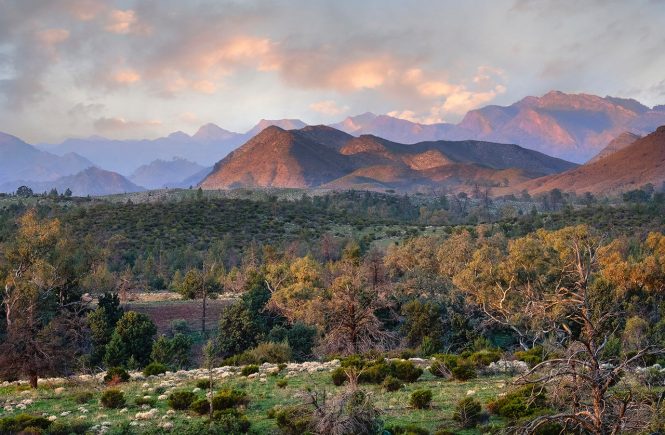
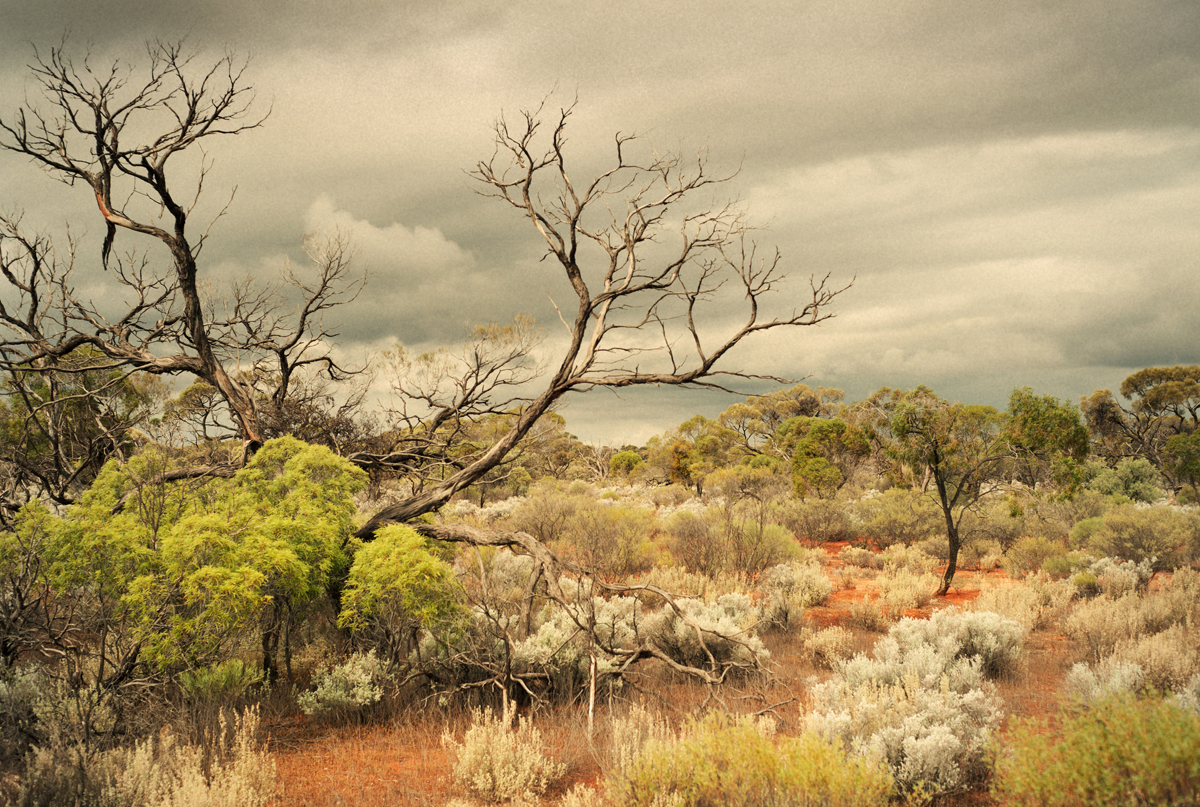
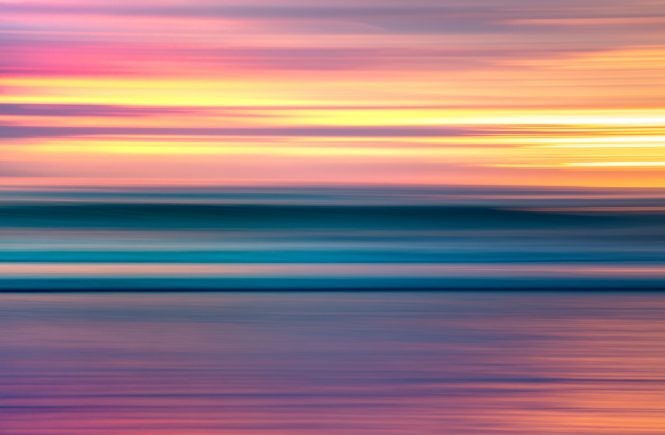
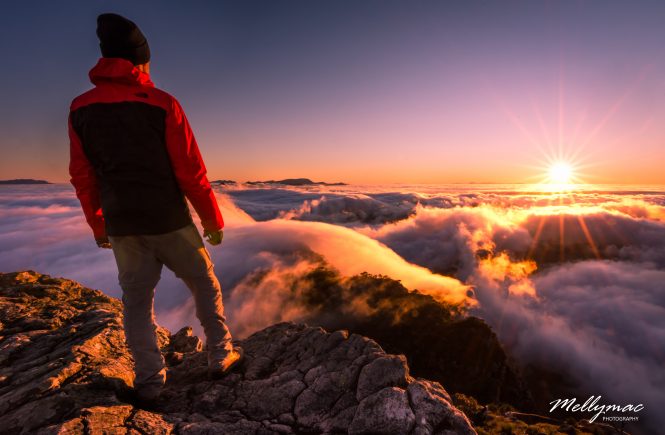
2 comments
I love this work and approach to photography
Thanks Rosie! Likewise, we could learn a lot!